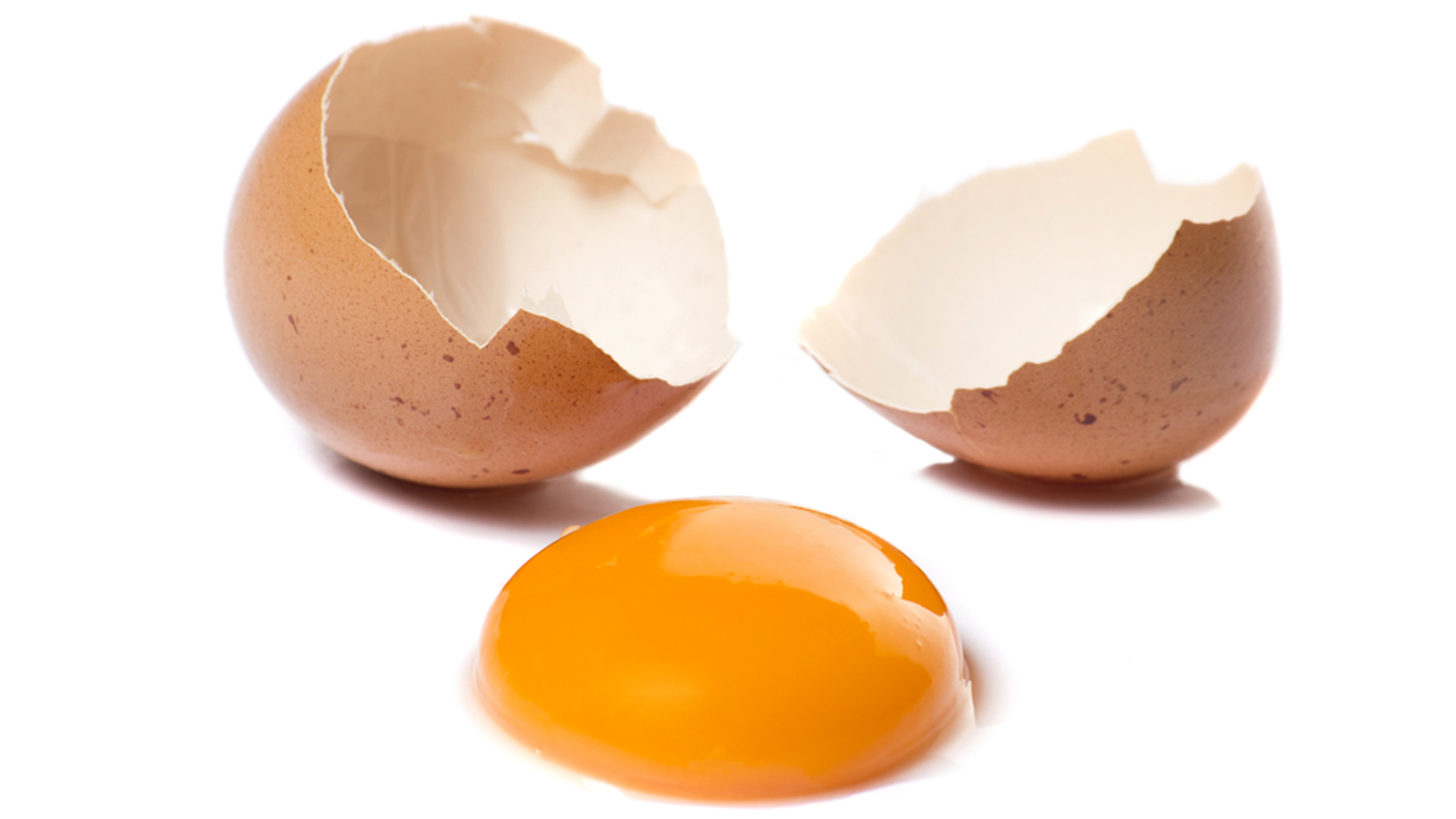When it comes to condiments, few can rival the popularity and versatility of mayonnaise and Miracle Whip. Both are creamy, tangy, and often used as spreads in sandwiches or as ingredients in various recipes. However, there are notable differences between the two that can affect their taste, texture, and overall usage. In this comprehensive guide, we will delve into the distinctions between Miracle Whip and mayo, exploring their ingredients, flavor profiles, nutritional content, and common uses.
Ingredients:
The first major difference between Miracle Whip and mayo lies in their ingredients. Traditional mayonnaise is made using egg yolks, oil (usually soybean or canola oil), vinegar or lemon juice, and seasonings such as salt and mustard. On the other hand, Miracle Whip is a salad dressing that incorporates similar ingredients but with some notable variations. It contains water, soybean oil, vinegar, sugar, modified cornstarch, eggs, salt, and various flavorings, including mustard flour, paprika, and dried garlic.
Flavor Profile:
The difference in ingredients gives Miracle Whip a distinct flavor profile that sets it apart from traditional mayo. Miracle Whip has a tangier and sweeter taste compared to mayo. Its sweet and zesty notes, along with a hint of spiciness from the mustard, make it stand out. Mayo, on the other hand, has a milder and more neutral flavor that allows it to blend well with other ingredients. It offers a rich, creamy taste that serves as a versatile base for various dishes.
Texture and Consistency:
Another noticeable difference between Miracle Whip and mayo is their texture and consistency. Miracle Whip has a thicker and creamier texture compared to mayo, which tends to be slightly lighter and more velvety. The addition of modified cornstarch in Miracle Whip contributes to its thicker consistency. This difference in texture can affect the mouthfeel and overall experience when using the condiments in different recipes.
Nutritional Content:
When comparing Miracle Whip and mayo from a nutritional standpoint, there are some disparities worth noting. Miracle Whip typically contains fewer calories and fat than mayo. However, it is important to read the labels of specific brands and variations, as the nutritional content can vary. Mayo, being higher in fat content, provides a creamier texture and a richer mouthfeel. Those who are conscious of their calorie or fat intake may prefer Miracle Whip, while others may appreciate the indulgence of traditional mayo.
Common Uses:
Miracle Whip and mayo are widely used as condiments and ingredients in a variety of recipes. Mayo is commonly used as a spread on sandwiches, a base for dips and dressings, and as an ingredient in salads like coleslaw or potato salad. Its milder flavor and creamy texture make it a versatile companion to many dishes. Miracle Whip, on the other hand, is often used as a tangy spread in sandwiches and wraps. It is also a popular ingredient in salad dressings, deviled eggs, and various creamy dips. Its distinct flavor adds a unique twist to recipes and can be an acquired taste for some individuals.
Preference and Cultural Factors:
The choice between Miracle Whip and mayo ultimately comes down to personal preference. Some individuals prefer the tangy and zesty taste of Miracle Whip, while others enjoy the milder and creamier flavor of mayo. Cultural factors can also influence one’s preference, as regional culinary traditions may favor one over the other. For instance, Miracle Whip has gained more popularity in certain regions of the United States, while mayo remains the preferred choice in other parts of the world.
Conclusion:
In conclusion, the primary differences between Miracle Whip and mayo lie in their ingredients, flavor profiles, texture, and common uses. Miracle Whip stands out with its tangy, sweet, and slightly spicy taste, thicker consistency, and lower calorie content. Mayo, on the other hand, offers a milder, creamier flavor, a lighter texture, and a higher fat content. Understanding these distinctions allows individuals to make an informed choice based on their personal preferences and the specific culinary applications they have in mind. Whether you’re a fan of the tangy punch of Miracle Whip or the creamy neutrality of mayo, both condiments can add their own unique flair to a wide range of dishes.
- Miracle Whip vs. Mayo: What’s the Difference? - July 14, 2023
- How Much CBD Should I Take - June 22, 2023




